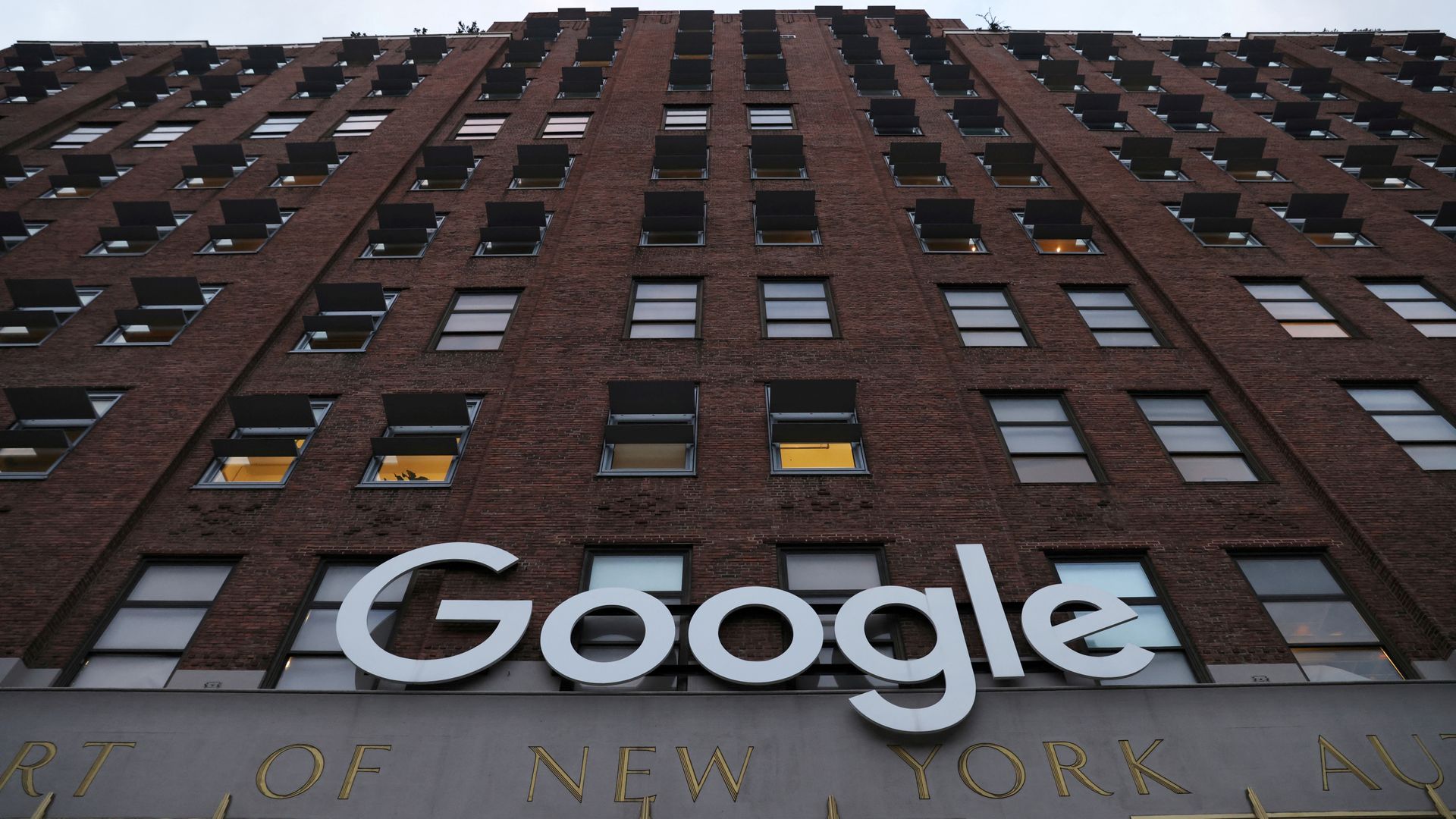
The BDN Opinion section operates independently and does not set news policies or contribute to reporting or editing articles elsewhere in the newspaper or on bangordailynews.com
Apparently, I’m a Christian nationalist.
At least according to the Portland Press Herald, which claimed in an article Tuesday that the “Appeal to Heaven” flag has “come to symbolize Chrisian nationalism and the false claim that the 2020 presidential election was stolen.” I happen to own that flag.
Funny that I’m not a Christian nationalist, nor do I even humor the “election was stolen” narrative. But apparently my ownership of that flag, and God forbid my actual display of it, is an expression of beliefs I do not hold. News to me.
The recent, and very stupid, controversy of flags came because of two stories about Supreme Court Justice Samuel Alito flying “provocative” flags outside his Virginia home and New Jersey vacation home. According to The New York Times, the flags were implicit symbols of support for Donald Trump, Christianized political fundamentalism and insurrectionist fantasies.
Quickly, what seemed like the entire media ecosystem decided that The Times’ interpretation — built on analysis from people like Matthew Taylor, an academic who is hawking a new book on how the Christian movement is threatening democracy — was the correct and only interpretation. Now we have breathless reports of the “Appeal to Heaven” flag being flown outside the homes of every right-winger they can find, with an implication that they, too, are election-denying Christian nationalists by association.
Let’s be honest about what is going on here, though.
Symbols of the American Revolution have always been popular among right-of-center individuals, and it isn’t hard to understand why. As a general rule, conservatives and libertarians revere the founding generation and its oppositional spirit to oppressive government the period represents.
I happen to own nearly all of these types of flags. I own the aforementioned “Appeal to Heaven” flag, as well as the Gadsden flag, a flag with Benjamin Franklin’s “Join or Die” cartoon on it and several others.
Interestingly enough, I got the idea to buy and display these symbols from a decidedly non-right wing source. I bought the First Navy Jack flag after seeing it framed on the office wall behind Rob Lowe, playing Sam Seaborn on The West Wing. That show, written by liberals, featuring liberal characters espousing liberal opinions, was a favorite of mine, and I loved the symbolism of showing off some revolution-era swag in my office, so I ended up buying many of them.
I first bought the “Appeal to Heaven” flag after seeing it flown in the background of the title sequence of the HBO series “John Adams,” a masterpiece that debuted in 2008. Having noticed it, I looked up its history and learned that it was used by a squadron of ships commissioned in 1775 by George Washington. The phrase “appeal to heaven” was a reference to the writings of one of my favorite Enlightenment philosophers, John Locke. He wrote in his “Second Treatise on Government” that when people are deprived of their rights and have “no appeal on earth,” they “have a liberty to appeal to heaven.”
You are free to mock or otherwise disagree with that sentiment, but I thought it was a beautiful representation of the origin of the ideology that gave birth to the American nation.
Obviously, I wasn’t alone in thinking that, which is why you have seen all of these symbols, particularly the Gadsden flag and “Appeal to Heaven,” at most right-wing protests in the last 20 years. It has grown greatly in prominence since the tea party rallies of the 2010s, in which these flags could be seen everywhere, directly contradicting The Times’ claim that these symbols were “mostly a historical relic” before 2021.
Given the ubiquitous nature of these flags in right-wing circles for an entire generation, it is not at all surprising to note that they were seen in the predominantly right-wing crowds during the Jan. 6 Capitol riot, which I will remind readers was an event I find both disgusting and shameful.
But their presence there does not mean these symbols belong to “Christian nationalists” or “insurrectionists” any more than they belong to the left-wing crowds at Black Lives Matter rallies four years ago, who also used them.
They are what they have always been — representations of the revolutionary spirit of this nation’s founding. The intent and meaning they have for each person who owns or displays them is unique to that person, and it is that intent and meaning to them that should matter, not the inferences and inventions of others who create a narrative for political purposes.










